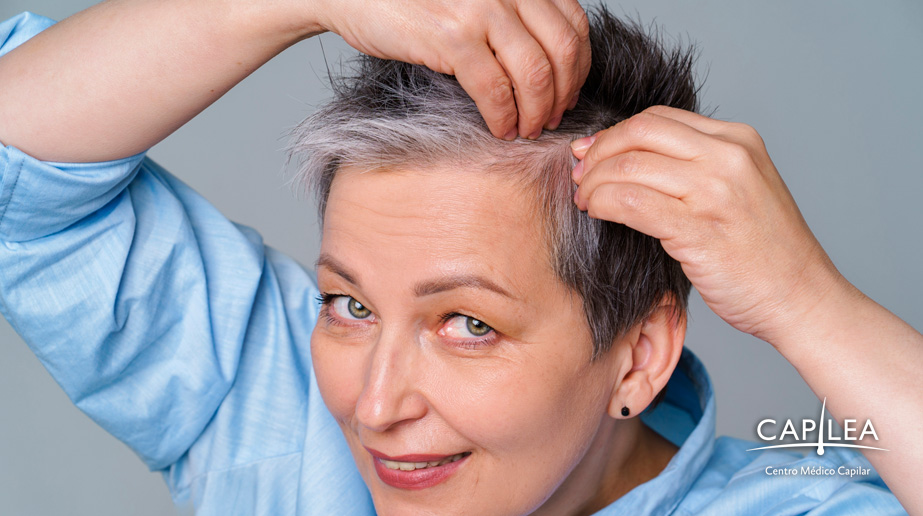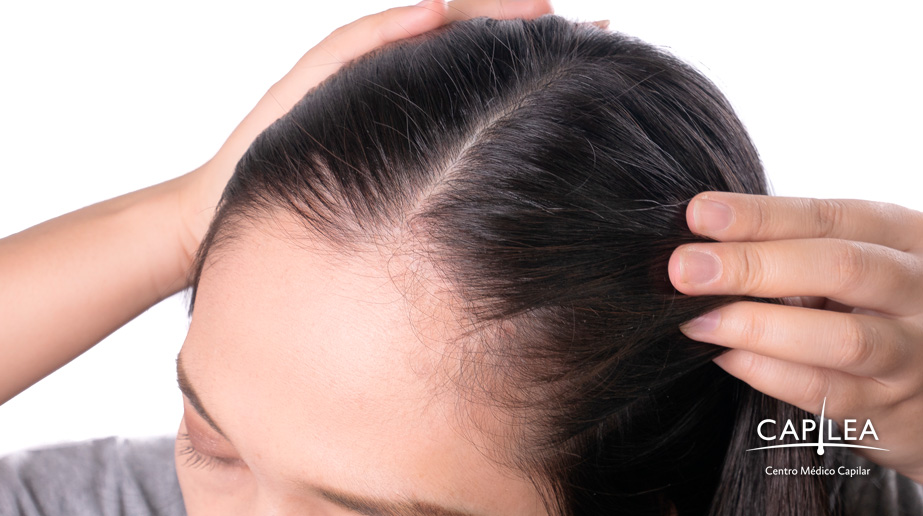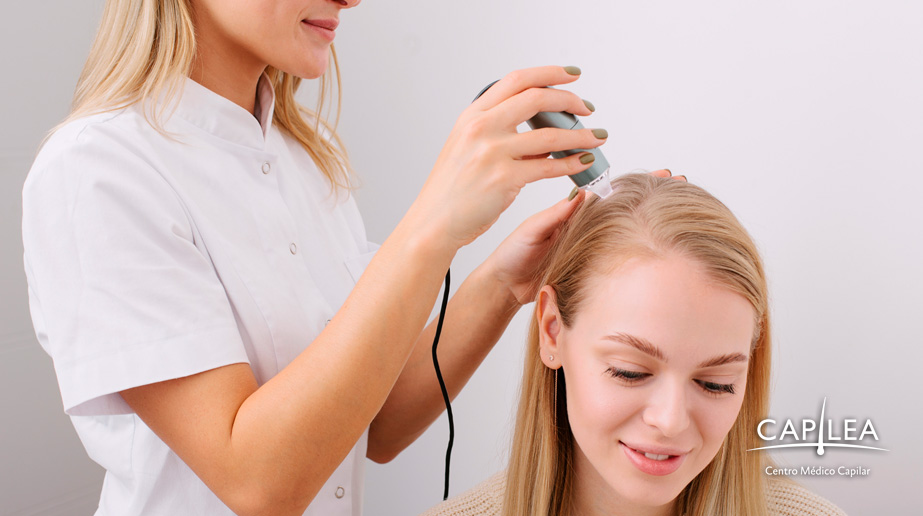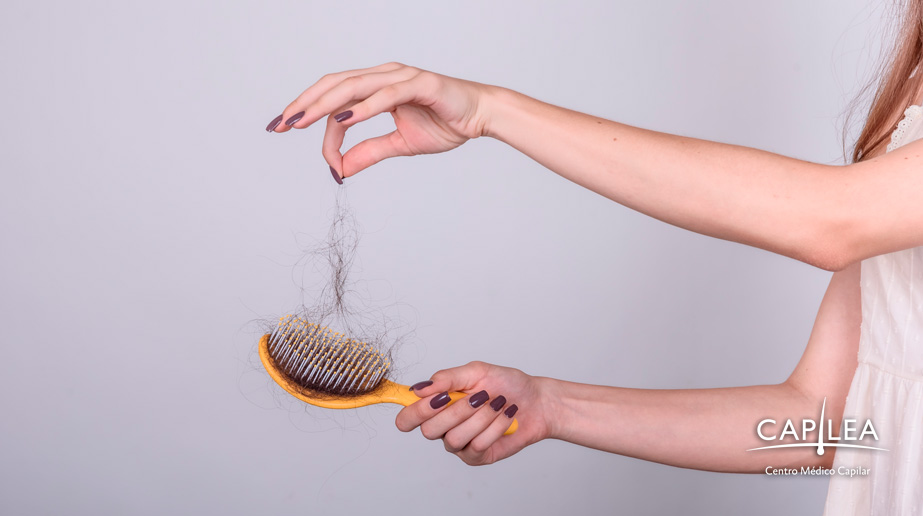Female alopecia is a condition that affects many women worldwide and can be pretty challenging to manage. Hair loss can have a significant emotional impact on the self-esteem and quality of life of affected women. This blog post will discuss female alopecia, how it can affect women, and their treatment options.

What is female alopecia?
It’s a condition that causes hair loss in women. It can affect any woman, regardless of age or ethnic background, and presents differently than male pattern baldness. Men tend to have bald areas or a receding hairline in male pattern hair loss, and women with alopecia usually experience overall hair thinning. In some cases, such as during pregnancy or menopause, this condition can worsen; in extreme situations, it can lead to complete baldness.
Types of alopecia in women
There are several types of hair loss; here are the details:
Androgenetic Alopecia: Also known as female pattern baldness, is women’s most common form of hair loss. It is caused by genetic and hormonal factors and is characterized by thinning hair all over the scalp. It affects about 50% of women at some point in their lives.
Alopecia areata: This autoimmune disease causes hair loss in round patches. It can affect any part of the body.
Cicatricial Alopecia: This is a rare form of hair loss that results in permanent hair loss. It occurs when inflammation damages and scars the hair follicles, preventing new hair growth.
Traction Alopecia: This type of hair loss is caused by tight or aggressive hairstyles that pull on the hair over time, which can damage the hair follicles.
Hair loss can result from various medical conditions and certain medications, stress, or even diet.

Symptoms of Alopecia
The symptoms of alopecia in women can vary depending on the type of alopecia they have. In some cases, there may be noticeable hair loss in a concentrated scalp area. In other cases, the hair loss may be more diffuse and affect the entire scalp. Here are the general symptoms that manifest with some alopecia:
- Thinning hair: This is usually the first sign of female alopecia. You may notice that your hair becomes less dense and that more scalp is visible without scrutinizing the inch.
- Diffuse hair loss: Unlike men, women with alopecia often experience hair loss evenly distributed throughout the scalp.
- Patchy hair loss: In some cases, such as alopecia areata, there may be hair loss in circular or oval areas.
- Hair that breaks easily: Can become more brittle, causing hair breakage at an accelerated rate.
- Changes in the nails: Some people with alopecia areata may also observe claw changes, such as small notches or white spots.
- Itching or pain in the scalp: Although not a common symptom, some women may experience itching, pain, or sensitivity before hair loss occurs.
- Total or partial hair loss in other areas of the body: In some cases of alopecia, such as universal alopecia, all body hair can be lost, including eyebrows, eyelashes, and body hair.
If you experience any of these symptoms, it is essential to consult a specialist in hair restoration to receive a diagnosis and discuss possible treatment or surgery options.

Alopecia solutions (women)
Hair Therapy and Stimulation
These treatments involve the application of specific nutrients and medication directly to the scalp to stimulate hair follicles and promote hair growth. If the patient is experiencing hair thinning or moderate to severe hair loss but still has intact hair roots, they are an ideal candidate for this type of solution.
Hair Transplants
Hair transplant procedures involve moving hair follicles from one part of the body, typically the back or sides of the scalp, where hair is more resistant to loss, to bald or thinning areas. There are two highly effective main techniques:
FUE Technique
The FUE technique, or Follicular Unit Extraction, involves individually extracting hair follicles from the donor area, usually the back or sides of the scalp, and then implanting them into areas of baldness or thinning. It is a simple and highly effective process, currently the most popular. Its most relevant advantages are:
✅ No visible linear scar: It doesn’t leave a visible scar in the donor area, since the follicles are individually extracted. This is particularly advantageous for those who prefer to keep their hair short.
✅Flexibility in choosing the donor area: Hair follicles can be extracted from any part of the scalp, which can be helpful if the specific donor area at the back of the head is insufficient.
✅ Minor procedures: Since the follicles are individually extracted, it is a good choice for those who only need a small hair transplant or want to address their hair loss in multiple small sessions.
✅ Natural results: Enables precise graft placement, resulting in a very natural appearance without evidence of having had a transplant.
It is essential to mention that the FUE technique is only sometimes a good option for everyone. Discussing these options with a hair health professional before deciding on each case is best.

FUSS Technique
The FUSS technique (Follicular Unit Strip Surgery), also known as FUT (Follicular Unit Transplantation) or strip method, is a hair transplant procedure that involves extracting a strip of scalp from the donor area, usually the back of the head. Here are its main advantages:
✅ High graft yield: Many grafts can be obtained in a single session. This makes it ideal for cases of advanced baldness where many grafts are needed to cover the bald areas.
✅ Faster procedure: Since a strip of scalp is extracted at once, the extraction process is faster than other techniques.
✅ Single scar healing: Unlike the FUE technique, which heals graft by graft, in this process, there is a single scar, avoiding multiple scars and buried grafts.
✅Natural results: The grafts from the FUSS technique contain natural groups of 1 to 4 hairs, allowing aesthetically pleasing results that are visible from the beginning.

Treating hair loss is an excellent option to recover your self-esteem and hair.
If you’re a woman experiencing hair loss, consult a hair doctor to evaluate you and offer the best option to stimulate hair growth. You’ll boost your self-esteem and have hair that looks as good or better.
Treat hair loss with Capilea
At Capilea, we are experts in hair loss treatment. With over 20 years of experience in the field, we have satisfied more than 11,550 patients with their results. Schedule your first free online evaluation appointment; we’re here to answer all your questions. You can have healthy hair again and regain your sense of security and confidence with Capilea.

















